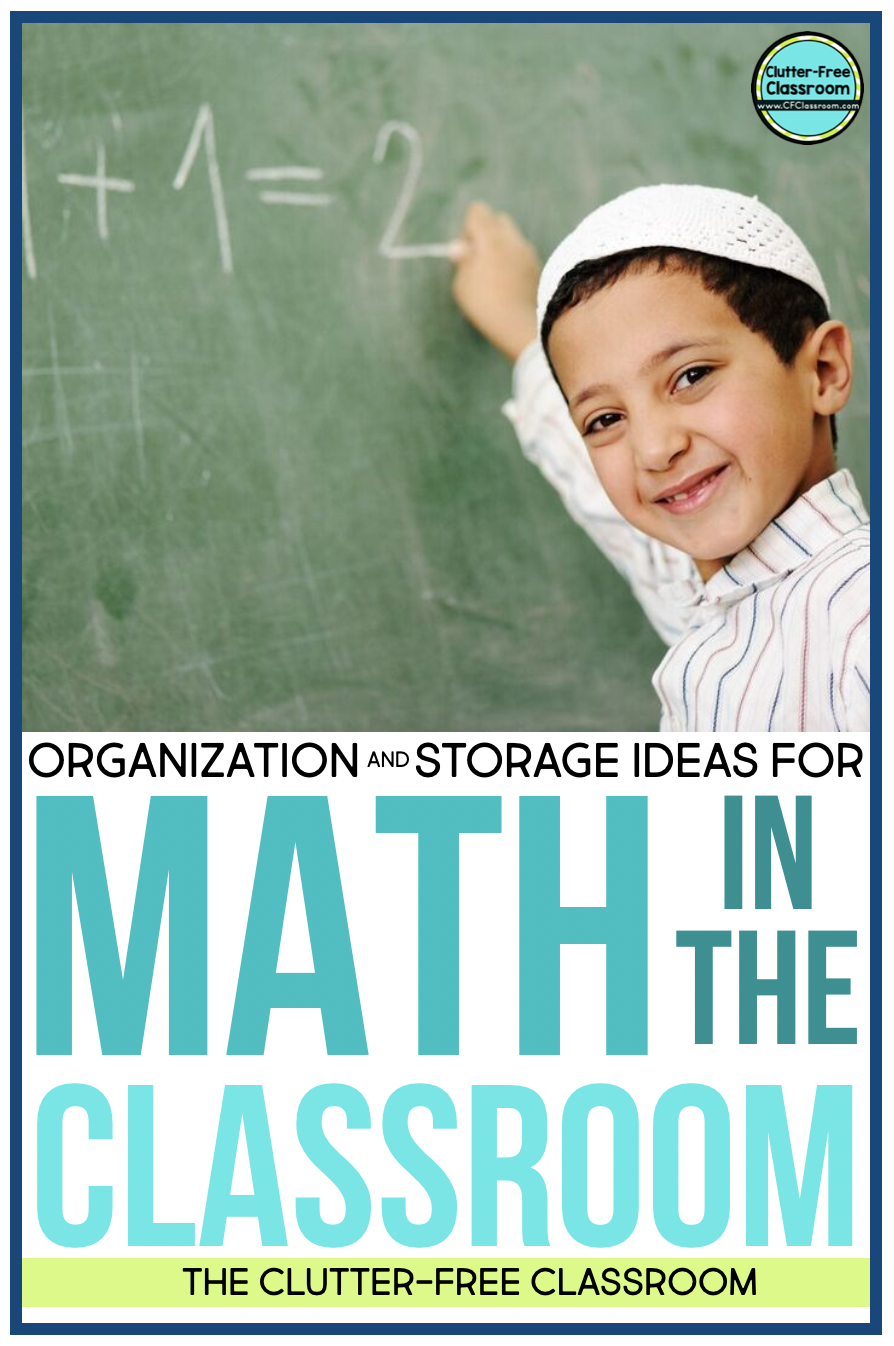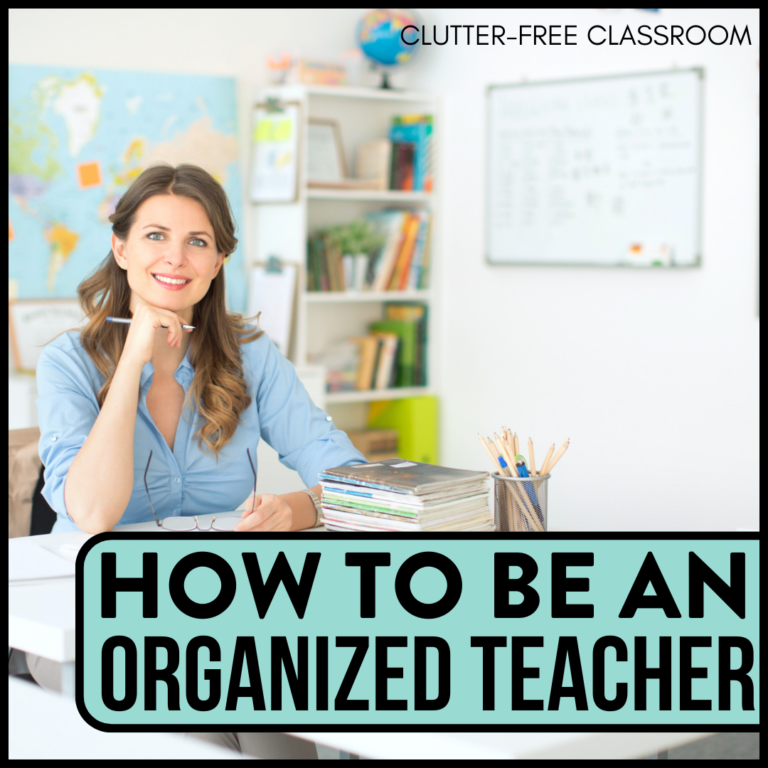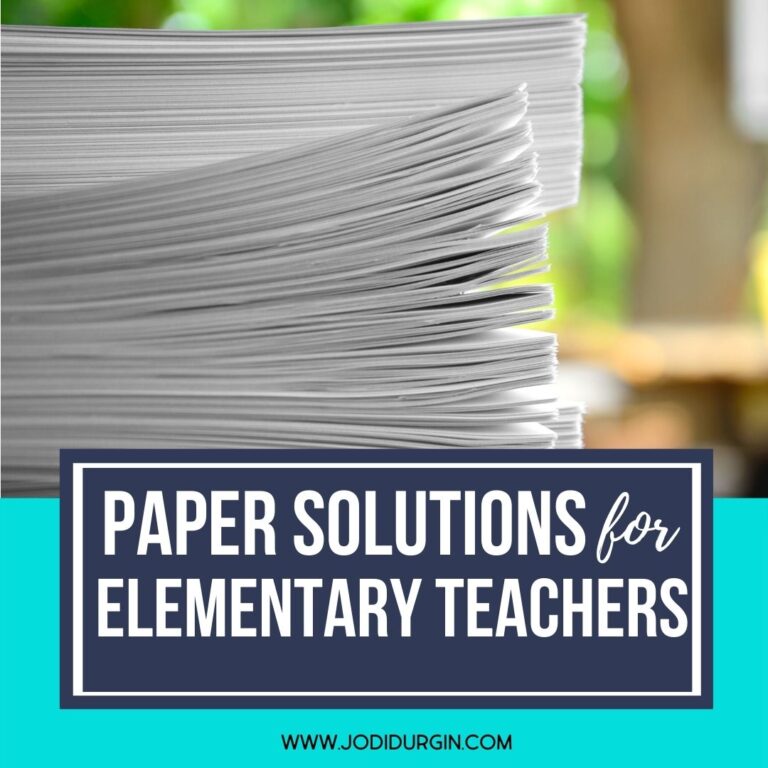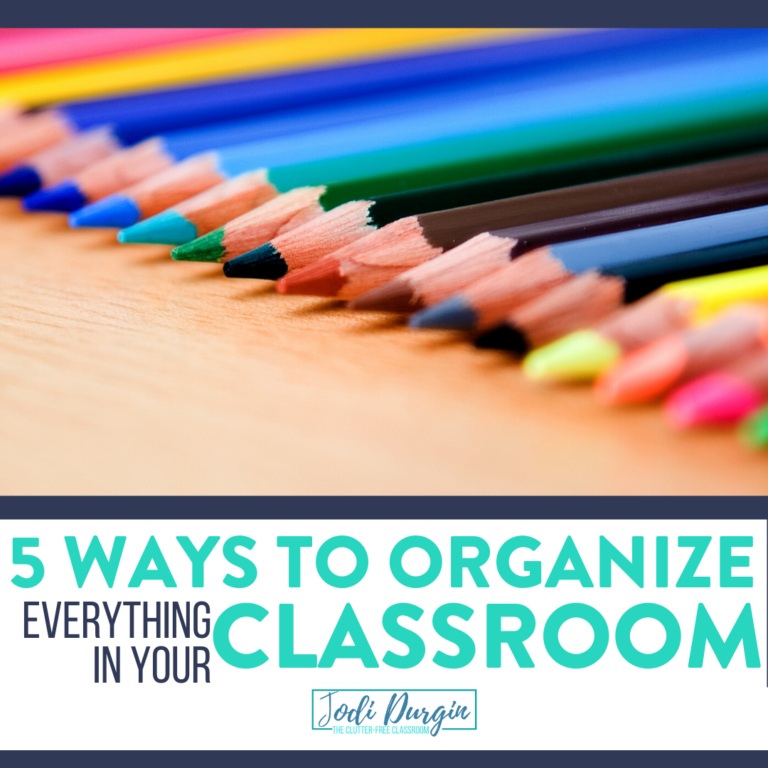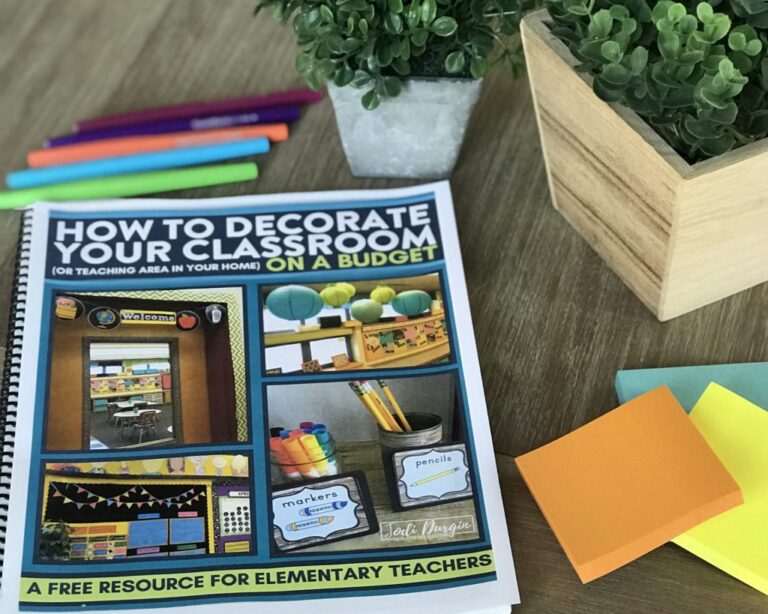According to the Common Core, students need to “use appropriate tools strategically.” This means that your students need to be able to access materials independently. Let’s be honest. You could easily fill all of your classroom storage space with math manipulatives. There are just so many cool, hands-on tools for kids to use to explore math concepts. This is partly why teaching math is my favorite! Unless you want your room to quickly become a mess, you also need to implement storage techniques that allow for students to easily return materials they have used (or found on the floor). The materials you have will vary depending on the grade level you teach, but there are lots of manipulatives that span across several grades. Read below for some tips for how to organize and store the most common math manipulatives in your classroom!
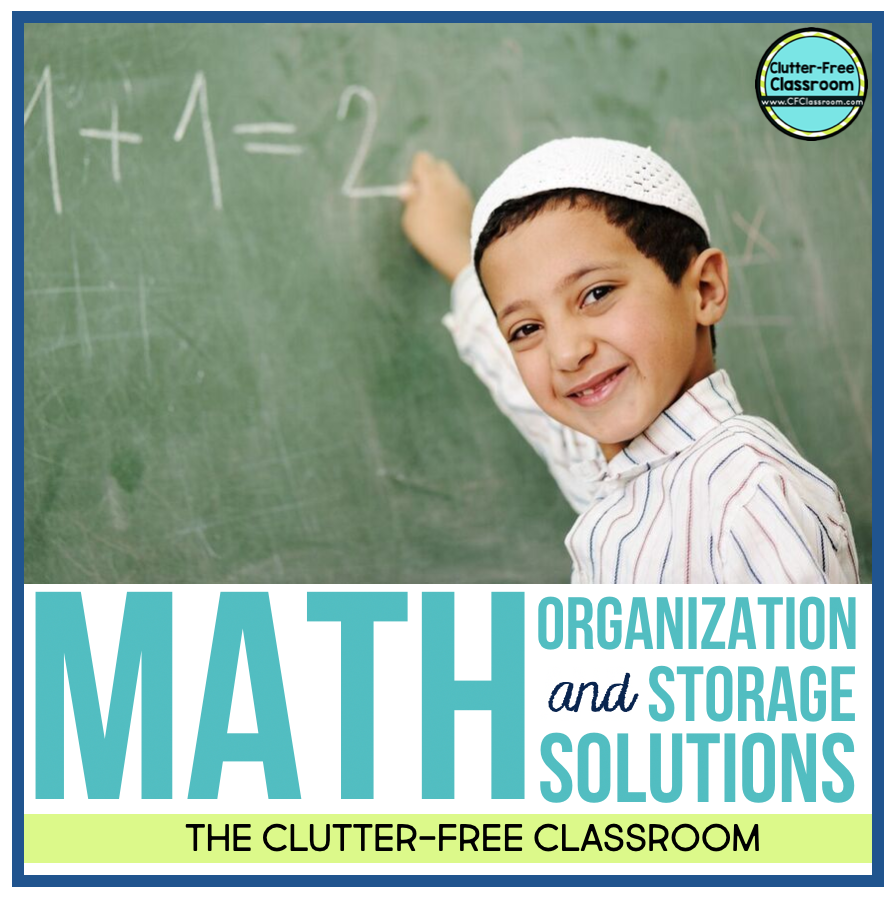
5 Tips for Organizing and Storing Math Manipulatives
As an elementary teacher, you know how many math manipulatives you need to help your students develop strong conceptual understandings of the math concepts and skills. With all of these math manipulatives comes a need for strong organization and storage solutions. Check out the tips for organizing and storing math manipulatives below!
1. Use Small Parts Storage Cabinets
These are not only available at most home improvement stores, but are really handy for holding enough manipulatives for one student to use. This is a great option if you have a student with an IEP or 504 who uses a variety of hands-on materials as you could fill the drawers with the child’s supplies for easy access.
2. Use Ikea’s Trofast Bins and Storage Units
This product from Ikea come in a variety of sizes. They are great because the kids can slide the entire bin out and take it to a work area. These are perfect if you use the workbox method I describe in my Guide to Organizing and Managing Math Workshop.
 |  |  |
3. Take Pictures
Taking a picture of your math manipulatives in their bucket and printing the images in color is a wonderful way to label containers for the littlest learners. Be sure to also add a label with words to encourage literacy skills.
4. Repurpose Containers You Already Have
Repurpose and upcycle items you already have to organize your math manipulatives. Check out the ideas below!
Oatmeal Containers
Due to the fact that they are longer than most containers, I like to store my rulers in an open-ended container without a top. I find an oatmeal canister or a Pringles can that has been covered with decorative paper to match my classroom is the perfect solution. You may want to weigh down the bottom to prevent tipping. You can either enjoy oatmeal at home and bring the container in or ask for donations from your family and friends, or students’ families.
Hanging Shoe Organizers
These are perfect for organizing task cards. Bring in one of these organization tools from home (if you have one lying around somewhere) for school. Another option is to order an inexpensive one online.
Hardware Tool Boxes
The small compartments work really well for organizing small erasers and counters. Check to see if you have one in your basement or garage that you can bring into school.
Plastic Sterilite Drawers
These drawers are perfect for holding cubes and the best part is that students can take the entire drawer to a work area. There are so many variations available online, so you can find one that perfectly meets your individual needs.
Pringles Cans
These work for almost any math manipulative. Similar to the oatmeal container, ask for donations from your loved ones or student’s families or enjoy a salty snack you can scoop up from the grocery store. You can even upcycle them with pretty scrapbook paper and cute accents from stores like Dollar Tree and Michaels.
Crystal Lite Containers
We use dice for a variety of games and activities. I keep a collection of them in a Crystal Lite container.
Small Plastic Trash Cans
Deep, open-top containers are great for storing pattern blocks and cubes because kids can easily grab what they need and it makes it easy for lost pieces to be returned to the collection. I use small trash cans because they are narrow for storing on my shelves yet deep enough to hold many pieces.
Ziploc Bags
Because Tangrams and Pentominoes are used in a set, it is important to have a system for keeping them together when not in use. A simple and cost-effective solution is to use small Ziploc bags to hold one set together. I then keep the baggies together in a larger container.
5. Create Individual Math Tool Kits
A math tool kit, also known as a math toolbox and numeracy toolkit, is a collection of helpful printable reference tools and math manipulatives to support students in math. You can create one for each student in your class.
In closing, we hope you found these tips for how to organize math manipulatives helpful! If you did, then you may also be interested in these posts:
- How to Launch Guided Math Workshop in your Elementary Classroom
- How to Create a Numeracy-Rich Environment
- 50+ Elementary Math Manipulatives for the Classroom
